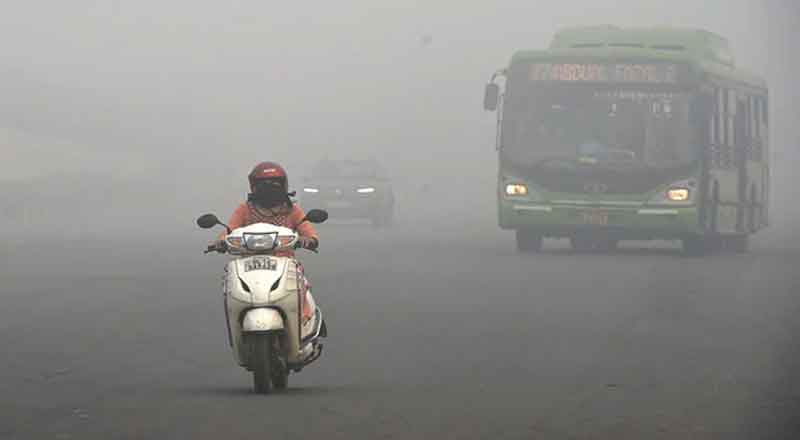According to data, stubble burning in neighbouring states, particularly Punjab and Haryana, accounted for 38 per cent of the air pollution in Delhi on Wednesday. It is likely to be 27 per cent on Thursday and 12 per cent on Friday.
Delhi Air Quality Index (AQI) continues to remain in the ‘severe’ category with a slight dip as per the Central Pollution Control Board. The city’s Air Quality Index (AQI) stood at 420 at 8 am on Thursday, compared to 426 at 4 pm on Wednesday.
A local resident, Mahavir Singh said, “The present condition is suffocating… People should be aware of it. They should wear masks when they step out of their house…People should stay at home and do their exercise inside in the clean air…”
Neighbouring Ghaziabad (369), Gurugram (396), Noida (394), Greater Noida (450), and Faridabad (413) also reported very bad air quality. According to officials at the India Meteorological Department, a change in wind direction from northwest to southeast due to a fresh western disturbance affecting northwest India will help reduce the contribution of smoke from stubble burning, but slow wind speed will counteract this.
In a late-night development on Wednesday, Delhi Environment Minister Gopal Rai said the entry of app-based taxis into Delhi has been banned according to orders of the Supreme Court. He also said the odd-even car rationing scheme will be implemented in the national capital after the Supreme Court reviews its effectiveness and issues an order. The matter will be next heard on Friday.
On Tuesday, the apex court questioned the effectiveness of the Delhi government’s car rationing scheme, aimed at curbing vehicular pollution, and referred to it as “all optics”. Amid ‘Severe’ air pollution in the national capital, the Supreme Court asked the Aam Aadmi Party-led Punjab government to stop the stubble burning in the state, further directing it to take steps “immediately”. According to a Delhi Pollution Control Committee analysis, the capital experiences peak pollution from November 1 to November 15 when the number of stubble burning incidents in Punjab and Haryana increases. The air quality in Delhi-NCR declined over the last two weeks due to a gradual drop in temperatures, calm winds that trap pollution and a surge in paddy straw burning across Punjab and Haryana
(With inputs from agencies)





